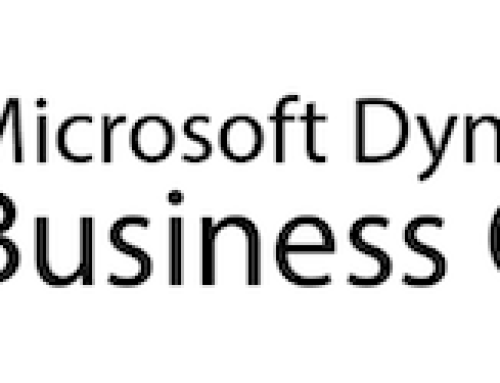In this article, Microsoft would like to provide tips that will ensure that your Dynamics GP Receivables Management Year-End Close process goes smoothly.
Does the 2022 Year-End Update include any changes for the Receivables Management Year-End Closing process?
No, there are no changes included the 2022 Year-End Update that will affect the Receivables Management year-end close process. Here is a link to blog BLOG!!!! that contains the Year End Update fixes included in the update
When should the Year End Close for Receivables Management be done?
- If you are using a Calendar year, the year-end process should be done at the end of your calendar year, prior to posting any transactions in the next calendar year.
- For those using a Fiscal year, the year-end process should be done at the end of your fiscal year, prior to posting any transactions fin the next fiscal year.
What does the year end close process do and/or affect?
- The Calendar year end close clears the Calendar Year-to-Date Finance Charges and moves them to the Last Year Calendar field in the Customer Finance Charge Summary window found under (Cards >> Sales >> Summary >> Finance Charges).
- The Fiscal Year end close transfers all amounts other than the Calendar Year-to-Date Finance Charges to the Last Year column in the Customer Summary window (Cards >> Sales >> Summary).
What steps should I take to close the year?
Post all transactions for the current year and then proceed through the rest of the steps outlined in Year-end closing procedures for Receivables Management – Dynamics GP | Microsoft Docs
Key points to remember:
- Make a restorable backup when it is recommended as you work through Year-end closing procedures for Receivables Management – Dynamics GP | Microsoft Docs.
- Receivables Management is not completely date sensitive. This means that if you do not close the year after you enter all the current year transactions and before you enter transactions for the new year, some areas in GP will contain incorrect information.
- Since there are some date sensitive features, it is recommended you close the year on time.
- You will notice that we have two articles around closing Receivables Management Year-end closing procedures for Receivables Management – Dynamics GP | Microsoft Docs and Payables Management Year-end closing for Payables Management – Dynamics GP | Microsoft Docs– both instructions say to ‘Close the tax year by going to Microsoft Dynamics GP >> Routines >> Company >> Tax Year-End Close. You will only have to do that once, typically after both RM and PM are closed. The reason this step appears in both articles is due to the fact that not everyone used both the RM and PM modules.
Amounts Since Last Close are incorrect after the Year End Close:
Although Receivables Management is date sensitive, the following items are updated based on the ‘actual’ date the year is closed Receivables Management. These are known as Amounts Since Last Close views:
- The SmartList objects
- The Receivables Management summary reports
- The Amounts Since Last Close view in the Customer Summary window
The items that are flagged with an asterisk are affected by the calendar year-end close. All the other items are affected by the fiscal year-end close.
- Average Days to Pay – Year
- Finance Charges CYTD*
- Finance Charges LYR Calendar*
- High Balance LYR
- High Balance YTD
- Number of ADTP Documents – LYR
- Number of ADTP Documents – Year
- Number of NSF Checks YTD
- Total # FC LYR*
- Total # FC YTD*
- Total # Invoices LYR
- Total # Invoices YTD
- Total Amount of NSF Check YTD
- Total Bad Debt LYR
- Total Bad Debt YTD
- Total Cash Received LYR
- Total Cash Received YTD
- Total Discounts Available YTD
- Total Discounts Taken LYR
- Total Discounts Taken YTD
- Total Finance Charges LYR*
- Total Finance Charges YTD*
- Total Returns LYR
- Total Returns YTD
- Total Sales LYR
- Total Sales YTD
- Total Waived FC LYR*
- Total Waived FC YTD*
- Total Writeoffs LYR
- Total Writeoffs YTD
- Unpaid Finance Charges YTD*
- Write Offs LYR
- Write Offs YTD
*If the Year to Date or Last Year amounts are incorrect in the Amount Since Last Close View: you can use the link below to download the Receivable’s Management Recalc Scripts as well as additional information on the Amounts Since Last Close.
By CAL Business Solutions, Connecticut Microsoft Dynamics GP & Acumatica Partner, www.calszone.com
Read the original post at: https://community.dynamics.com/blogs/post/?postid=b7fc9791-0887-455f-b3e1-2219b30a3fed












